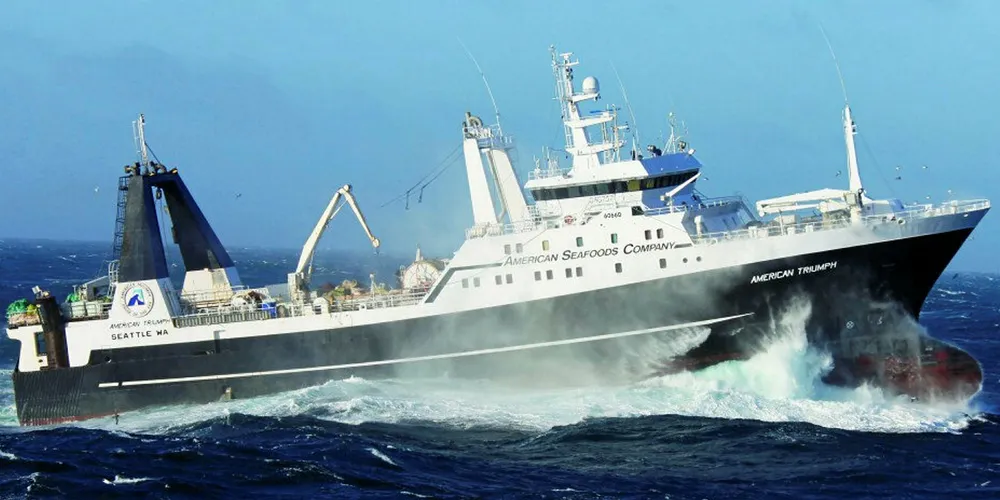US Coast Guard clears way for New England offshore wind build out
Projects totalling 7GW move toward construction after ruling that proposed turbine layout will not impact fishing vessels

The US Coast Guard has determined that a wind farm turbine layout proposed by five offshore leaseholders is compatible with the safe navigation of vessels serving other industries, a ruling that would clear the way for a lead-off 7GW of project developments off New England.
After a lengthy review, the US Coast Guard is not recommending any additional vessel routing measures once developers adopt a standard and uniform grid pattern that will space turbines 1.85 km (1.15 miles) apart.
The US Coast Guard conclusion was welcomed by wind leaseholders – Equinor, Mayflower Wind (a joint venture between EDP Renewables and Shell New Energies), Orsted/Eversource and Vineyard Wind (made up of Avangrid Renewables and Copenhagen Infrastructure Partners)—although turbine placement would not be optimal.
“We applaud the US Coast Guard for addressing this issue and look forward to continuing our engagement with the many different stakeholders in the region.”
In a Twitter post, RODA, which had been part of failed efforts by stakeholders to reach consensus on placement of turbines, called the study a “public process failure” that places at risk “those men and women who still go out to work every day so that Americans can eat, even while sheltering in their homes”.
The offshore wind industry is seen by some in the New England commercial fishing industry as a potential economic threat as the number of turbines proliferate in shallow coastal waters, particularly if they impede traditional practices such as bottom trawling.
The goal of the study was to enhance navigational safety in the so-called ‘wind energy area’ by examining existing shipping routes and waterway uses.
Among other things, it sought to determine what, if any navigational safety concerns exist with vessel transits; whether to recommend changes to enhance safety and evaluate the need for establishing vessel routing measures.
The study placed the burden on mariners for navigating safely within an offshore wind farm, noting such installations present new challenges to safe navigation
“But proper voyage planning and access to relevant safety information should ensure that safety is not compromised,” it said, noting that mariners “should use extra caution, ensure proper watch and assess all risk factors.”
(Copyright)